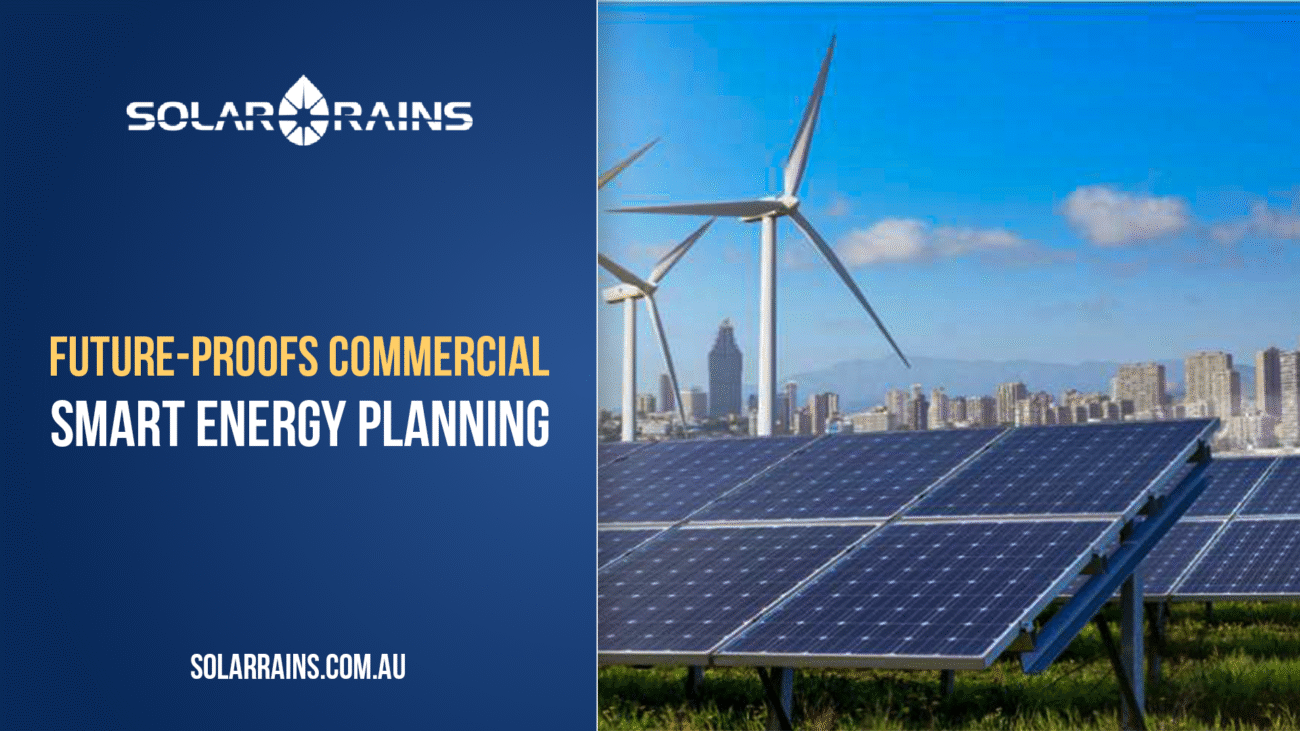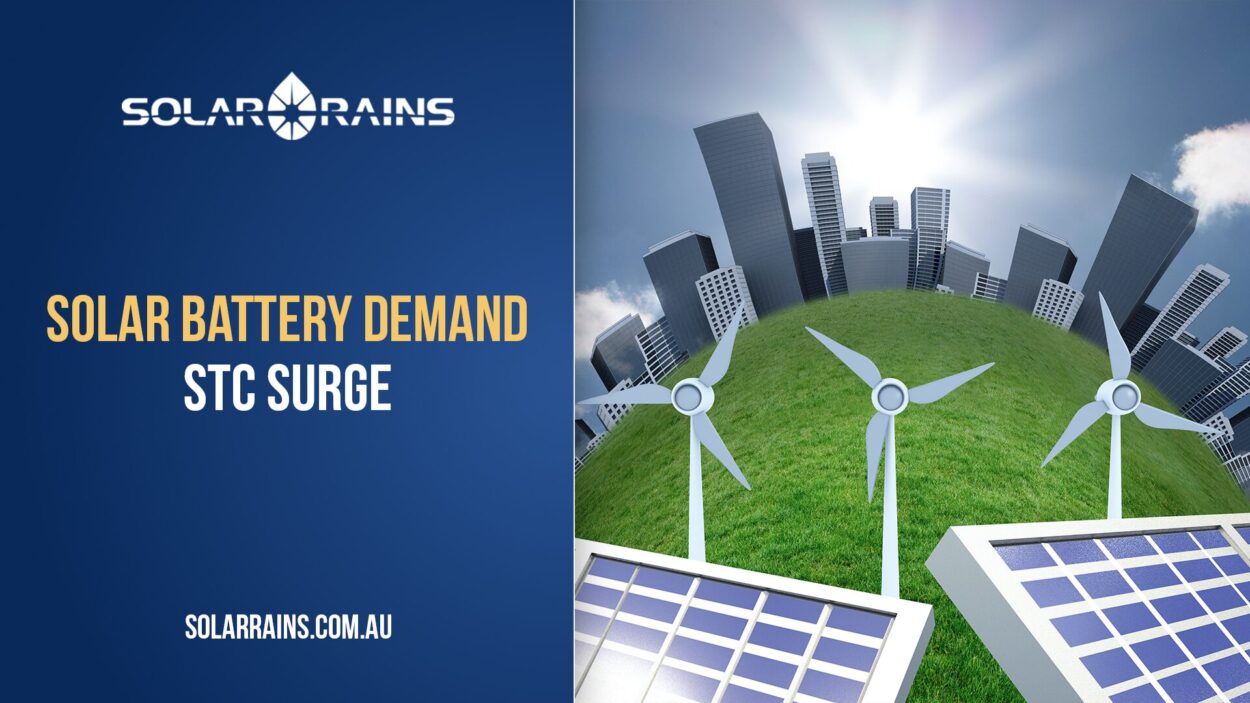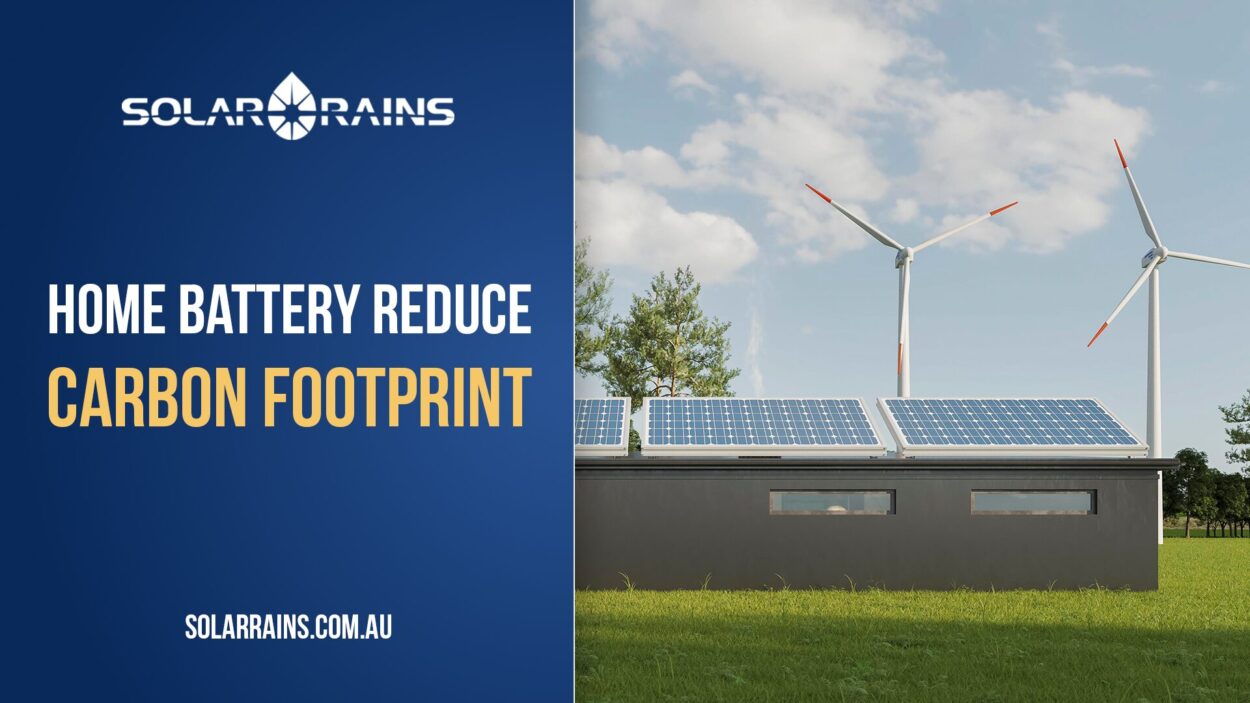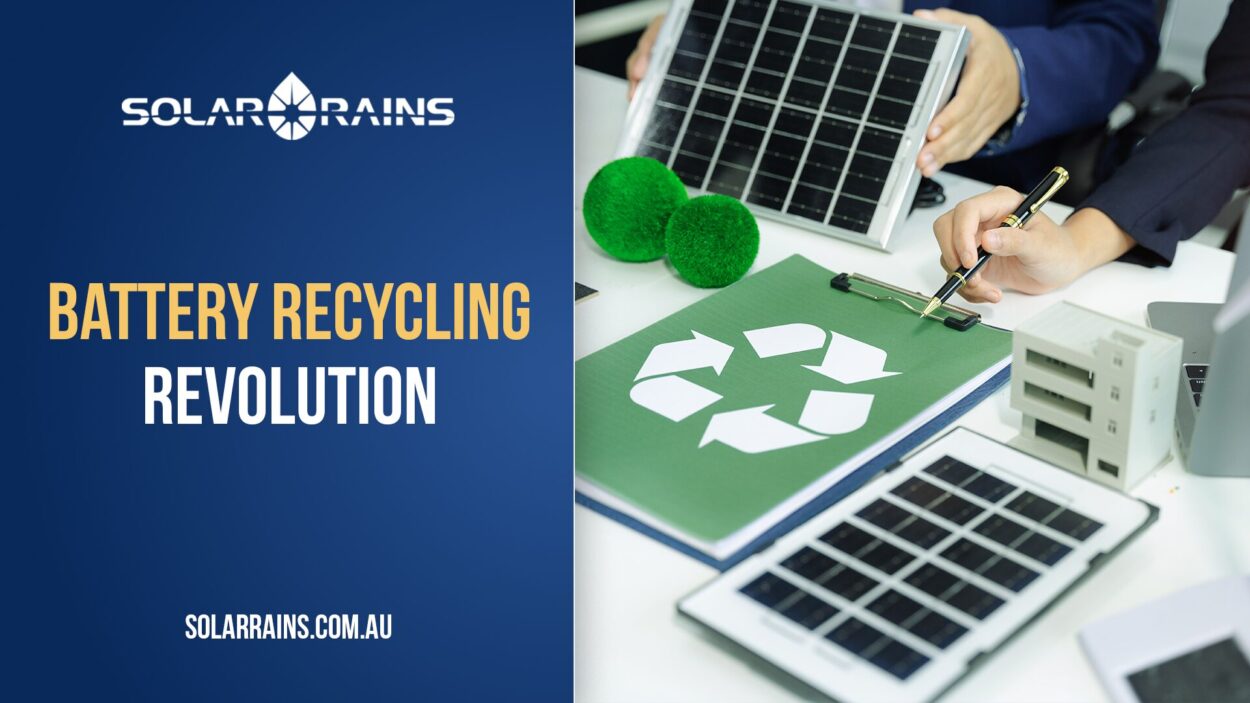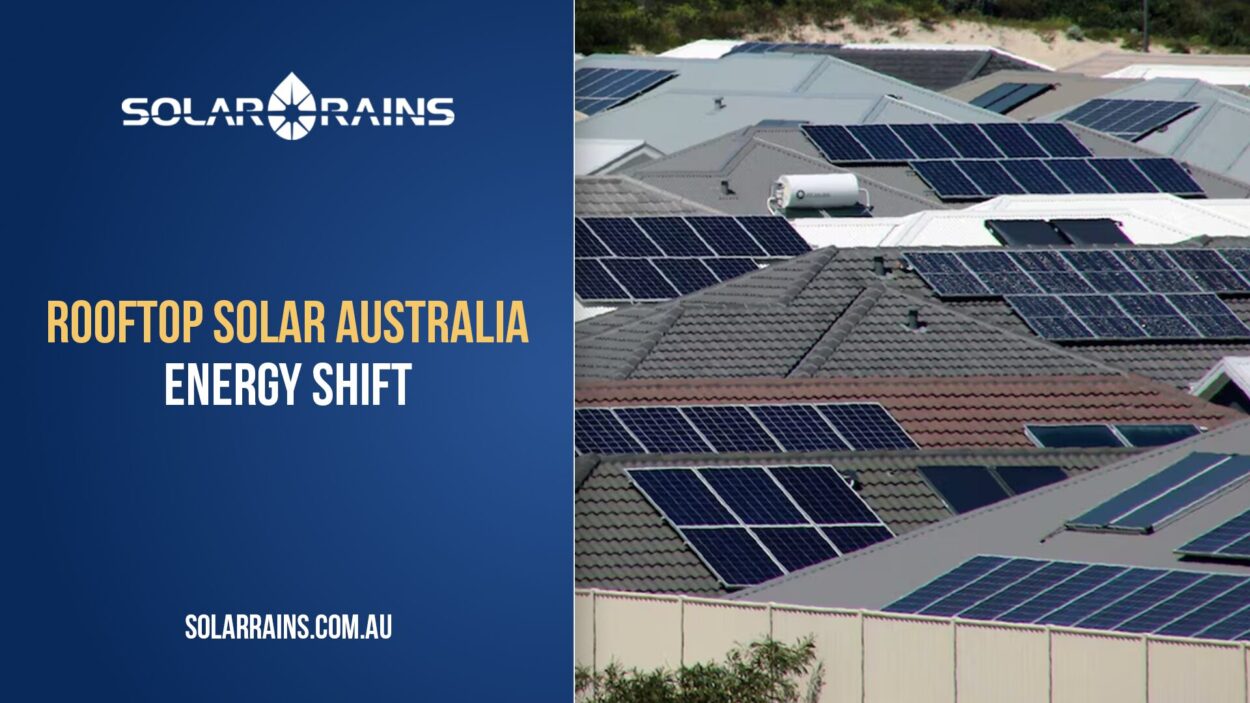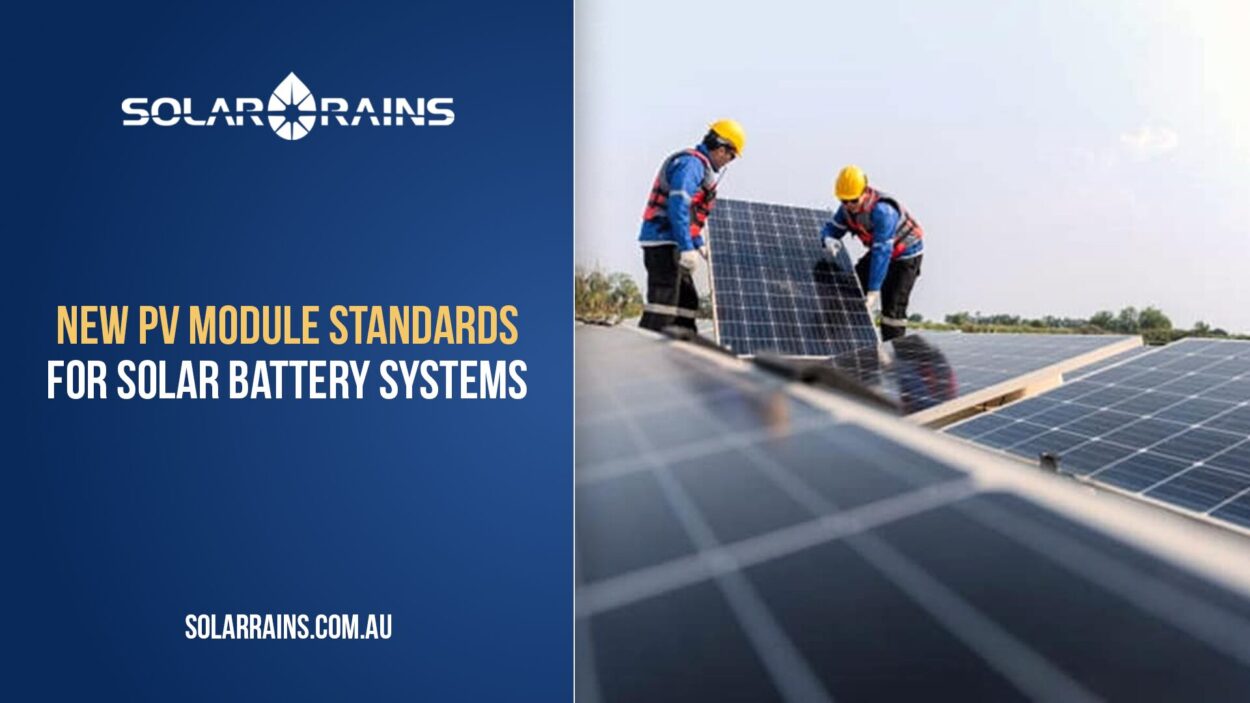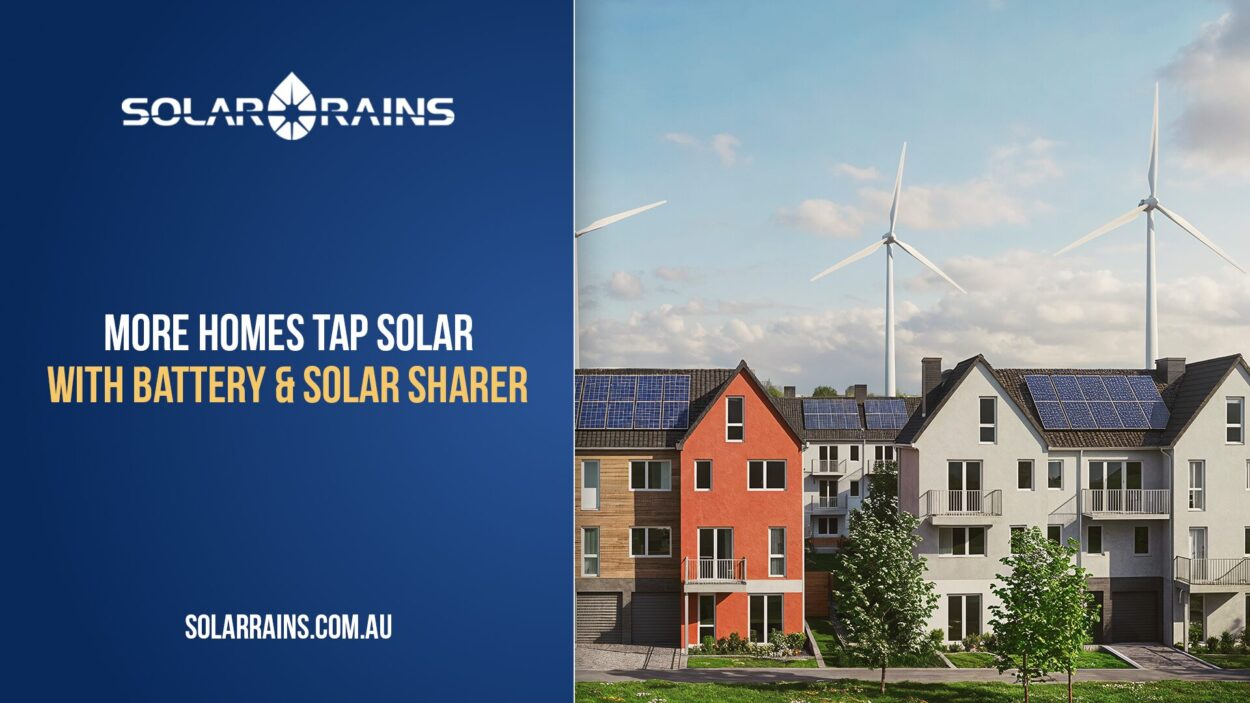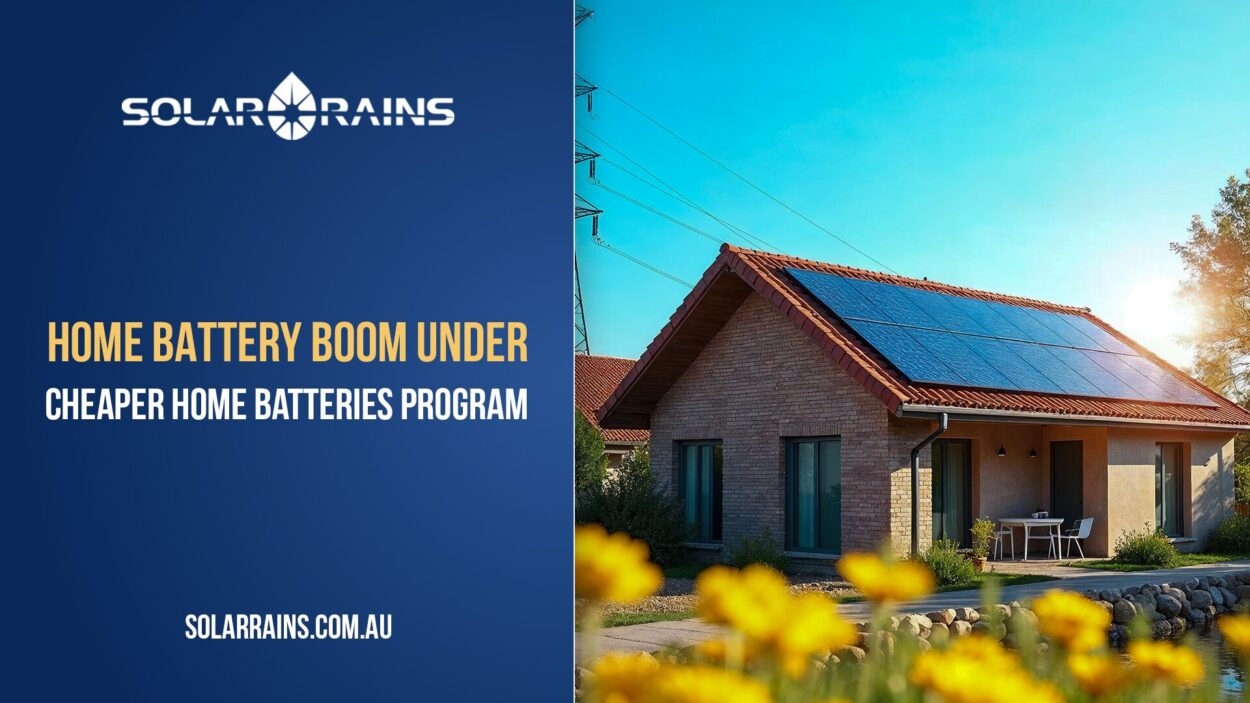In an era where infrastructure must meet both economic and environmental goals, one strategy is proving especially powerful: early-stage energy planning, with solar battery systems at its core.
Across Australia, progressive developers are rethinking how energy fits into their projects—not as a bolt-on expense, but as a strategic design element. And with good reason: solar batteries are enabling projects to unlock operational savings, grid resilience, and even new revenue streams.
Let’s explore how smart solar energy design, particularly solar battery integration, is changing the blueprint for commercial success.
The Shift Toward “Energy-Active” Infrastructure
Traditionally, commercial buildings treated energy as a fixed overhead—power in, bills out. Today, however, energy is a design discipline. Developers and operators are realizing that with the right technology and partners, energy can be a controllable asset.
This transformation is especially visible in greenfield developments, where blank-slate projects can embed solar battery systems from the start. When done right, this approach:
- Reduces long-term electricity costs
- Minimizes emissions
- Enhances appeal for ESG-conscious tenants
- Increases grid independence
- Enables market participation (e.g., VPPs, grid services)
As Australia transitions toward net-zero, projects that embrace solar and battery planning early will enjoy a distinct competitive edge.
Why Design Solar Battery Infrastructure Early?
Here’s what’s at stake when developers prioritize solar battery integration from day one:
a. Cost Efficiency
Optimizing load profiles and storage sizing during design avoids costly retrofits. It also ensures that batteries and panels operate at peak efficiency for self-consumption and grid interaction.
b. Compliance & Incentives
From 2025, schemes like the NSW Peak Demand Reduction Scheme and federal Cheaper Home Batteries Program reward smart battery deployment. Projects designed to meet VPP and DER requirements qualify for rebates and regulatory fast-tracking.
c. ESG & Marketability
Investors and tenants are increasingly looking for assets that meet environmental benchmarks. Embedded clean energy solutions directly support sustainability goals, enhance building certifications, and reduce tenant operating costs.
d. Grid Flexibility
Solar batteries allow commercial assets to respond to grid events, export power, and avoid demand charges. As energy markets decentralize, this capability becomes vital.
Technical Strategies: Beyond Just Installing Batteries
Smart solar energy planning requires coordination across disciplines—engineering, compliance, and energy markets. Some best practices include:
- Load Profile Modelling: Understand HVAC, refrigeration, lighting, and peak loads to right-size the battery.
- Solar-Battery Co-Design: Ensure solar generation and storage work in tandem for maximum ROI.
- VPP Integration: Batteries that are VPP-ready can earn ongoing income from grid services.
- EV & HVAC Planning: Design infrastructure with vehicle electrification and energy-smart heating/cooling in mind.
- Smart Controls: Enable automation and dynamic energy management based on pricing and usage.
Projects that incorporate these features are future-ready—designed not just to consume power, but to produce, store, and monetize it.
Real-World Case Studies
One standout example comes from a greenfield manufacturing precinct in Queensland. There, the developer partnered with Origin Zero to model energy use across compressed air, hot water, and industrial equipment. The solar battery design not only supports self-consumption but also allows for grid export and market trading.
Another project involves retrofitting a major shopping centre into an “energy-active precinct.” The proposal includes rooftop solar, smart metering, and VPP-ready battery systems—transforming traditional malls into energy-generating hubs.
These examples illustrate a trend: the earlier energy is brought into project planning, the more value it delivers.
From Passive Sites to Energy-Active Precincts
What differentiates an energy-active site?
- Traditional Model: Grid power delivered via switchboard, with little control or flexibility.
- Future Model: Rooftop solar, solar battery storage, dynamic loads, and VPP participation.
The difference lies not only in lower energy bills—but in new forms of value:
- Participating in energy markets
- Load shifting during peak pricing
- Demand response for revenue
- Improved power resilience and backup
- Contribution to net-zero goals
By shifting from passive to active, commercial properties turn energy into a strategic advantage.
Why This Matters Now
Energy constraints, policy shifts, and tenant expectations are converging. Consider:
- Grid congestion: Long delays for large load connections
- Decarbonization mandates: Projects without clean energy strategies may struggle with approvals or financing
- Dynamic pricing & VPPs: Solar battery systems that can participate in energy events will gain extra income
For developers, the takeaway is clear: design your energy systems as early as possible.
FAQs
Yes. Even modest-sized buildings can benefit from solar battery systems by reducing peak demand and participating in VPPs.
Depending on usage patterns and VPP participation, the payback period ranges from 5–8 years, potentially faster with available rebates.
Yes, though early integration is more cost-effective. Retrofitting requires more space, rewiring, and planning approval.
No. For VPP participation, choose batteries listed on the Clean Energy Council’s approved list and confirm compatibility with aggregator requirements.
Smart design can include load shifting and controlled appliances to maximize solar self-consumption and battery use during peak evening hours.
Conclusion: Smart Energy Planning Starts Now
As the clean energy transition accelerates, solar batteries are no longer an optional add-on—they’re a foundation for future-ready energy systems.
By designing battery systems from the ground up, developers can create buildings that are flexible, resilient, and profitable. Whether it’s a greenfield industrial site or a major retail precinct, solar battery integration can unlock long-term value and ensure your project is ready for the future grid.Contact Solar Rains today to speak with our energy strategy team and explore future-proof battery solutions for your next development.

